Wat Hin Mak Peng, Nong Khai Province, Thailand
4.0 (8 reviews) Spent Ranking #1 in Si Chiang Mai Points of Interest & Landmarks

Beautiful temple complex on Khong River
This temple vicinity is covered with shades of trees, bushes and intermingle with monk, pilgrims'residence. The former abbots who pioneered this land, Luang Pu Tess, is very well known for his strict discipline of buddhist practicing. There was wax portrit of this abbot and museum about his daily life utensils. The name of this temple comes from three big rocks on the Khong riverbank representing Bangkok, vientiane and Nong kai. There is very tranquil place for visiting and staying practicing meditation.

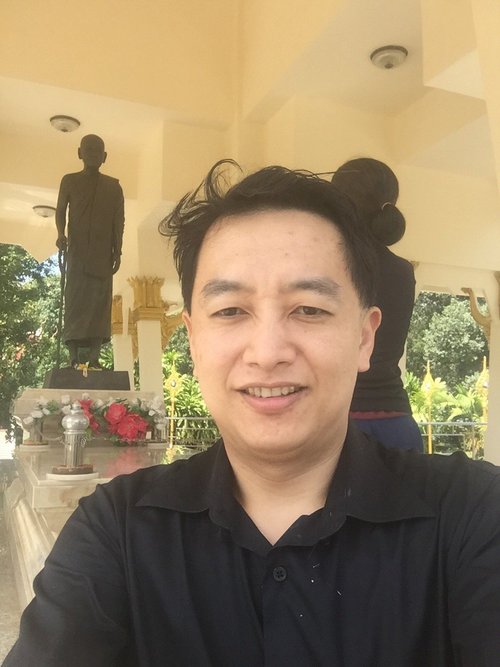








Address
Moo 4 Prabuddhabat Subdistrict, Si Chiang Mai 43130 Thailand
Current local date and time now
Wednesday, May 15, 2024, 17:59
User Ratings
4.0 based on (8 reviews)
Excellent
24%
Good
38%
Satisfactory
38%
Poor
0%
Terrible
0%
Reviews
-
3hckok77 5:00 PM Jan 9, 2017
Average
One travel blog recommend this temple, from the picture I think this temple structure unlike others, so I choice it as part of my ride to Nong Khai west. On site, this temple just average, and almost alike most temple in Thailand.
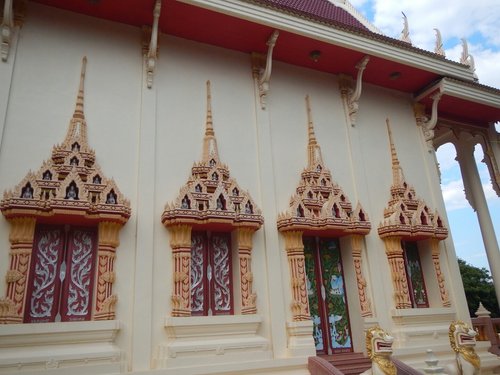
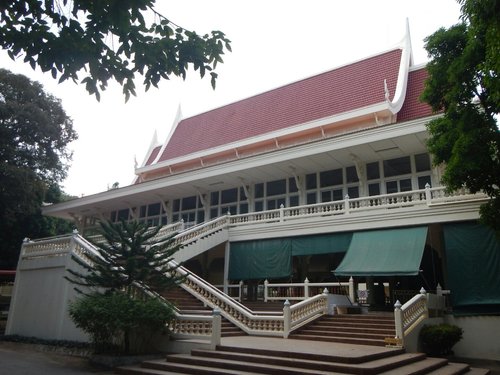
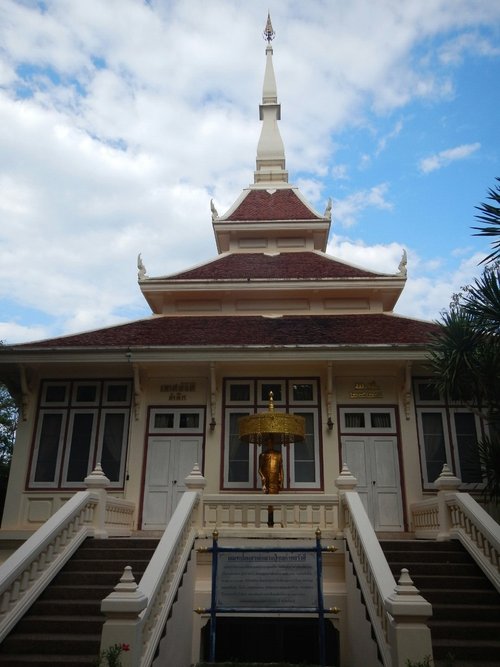
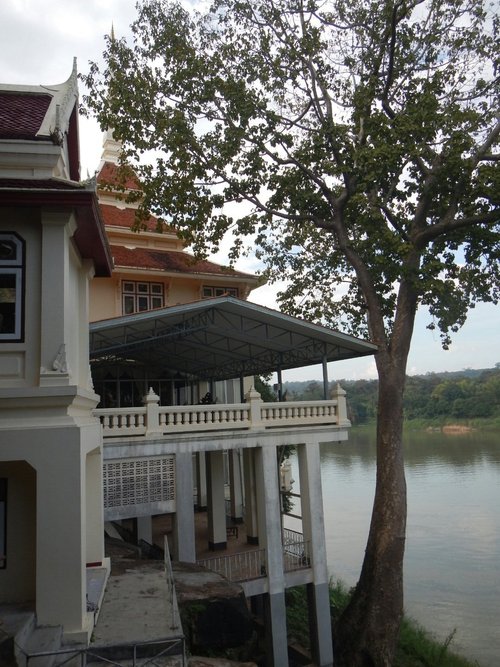
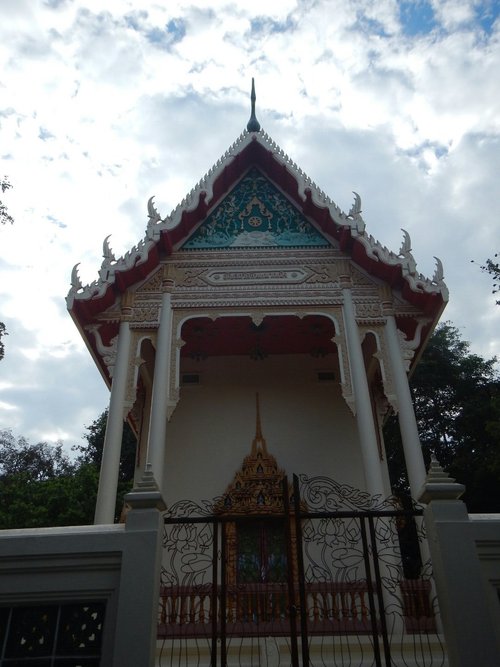
-
3Tinamue 5:00 PM Mar 8, 2017
A hidden gem
Apart from a large chedi and a mausoleum, this temple is not to be visited for its buildings. The temple is famous for the rocks cropping out in the Mekong and, in particular, for a famous abbot (Ajarn Thate) who founded the temple as a forest monastery. Ajarn Thate was so revered that (according to locals) the royal family visited several times in the 1970s and 1980s. The temple area covers around two square kilometers (mostly forest) and is still a prominent Buddhist teaching center in the Northeast.